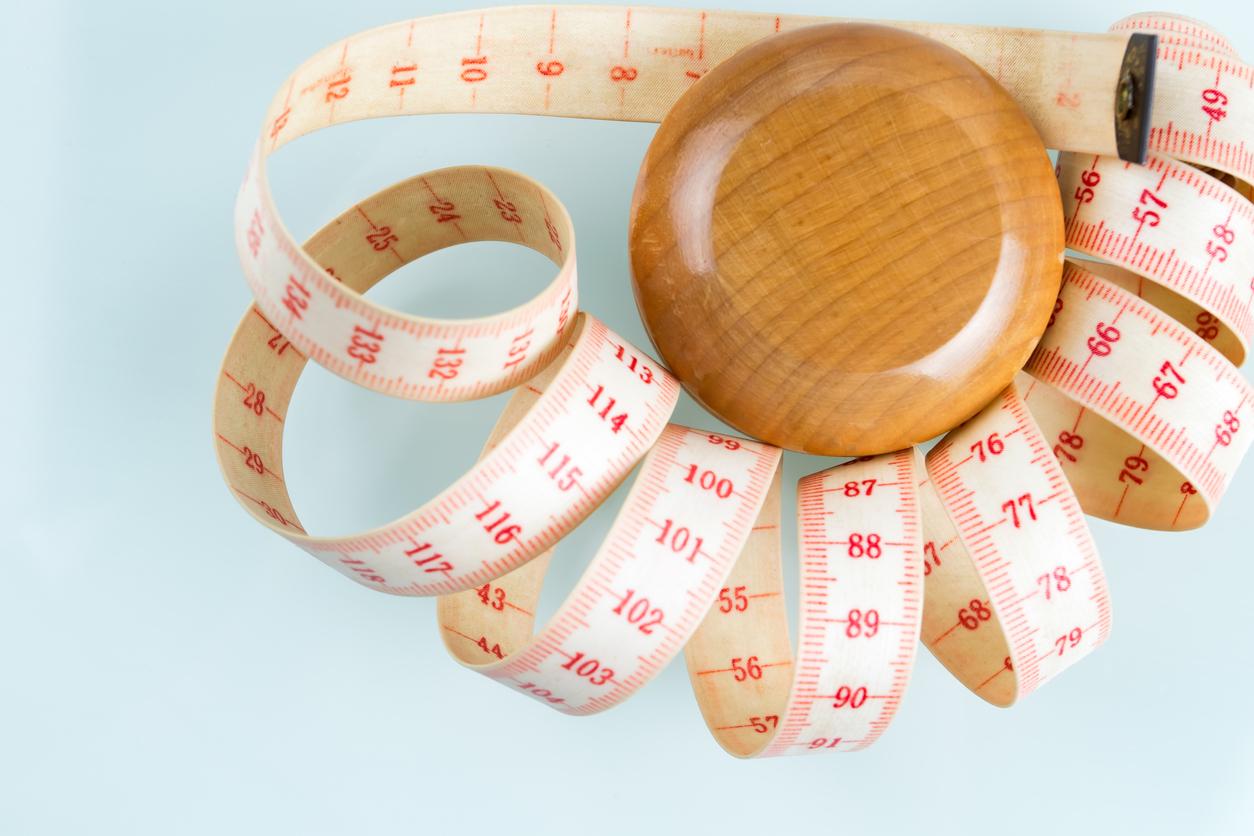To fight against the stigma that obese people too often face from the medical profession, researchers have made medical students wear an “obesity simulation suit”.

Suffering from the gaze of others and prejudices related to their physical condition, obese people are also confronted with the stigmatizing gaze of the medical profession. For them, going to the doctor is often an ordeal, as several studies have shown.
In addition to recurring and unwelcome remarks about their weight or reminders of the risks they take for their health, obese people are often reduced to their waistline and dehumanized by health professionals, had demonstrated a German study in 2018.
They also incur a greater risk of therapeutic wanderingphysicians tending to focus on overweight without exploring other medical avenues unrelated to their patient’s weight.
Finally, other studies have shown that doctors tended to discriminate against obese people – especially women – to be less respectful of them and spend less time learning about their health.
Open the eyes of the doctors
How to fight against these prejudices which make painful and shameful the course of care for obese people?
This is the question on this are asked researchers from the department of psychosomatic medicine and psychotherapy at the University Hospital of Tuebingen, Germany. Their objective: to raise awareness of the prejudices suffered by obese people by having medical students wear a “simulation of obesity suit”. This role-playing game was then the subject of a study published in the journal BMJ Open.
Led by Anne Herrmann-Werner, the students took turns wearing a “fat suit” simulating a BMI of 30 to 39, and re-enacting a routine visit to the “family doctor.”
The researchers then used the Anti Fat Attitudes Test (AFAT), a question-based test that measures prejudice against obese people.
Better understand obese patients
Responses from medical students revealed that all participants thought the suit was realistic and effective and made the role play more believable.
Additionally, an average of 3 out of 4 students said the suit helped them better understand the patient. More than half of the students who put on the “fat suit”, however, said they felt physically uncomfortable wearing it.
The main limitation of the study is that the researchers did not assess the students’ attitudes towards obese people before the experiment. They therefore cannot know if the exercise really served to reduce the prejudices of the participants. For Anne Herrmann-Werner, however, “despite this limitation, we firmly believe that the integration of a [combinaison de simulation d’obésité] in the context of undergraduate medical education is a valuable tool. It can make medical students aware of the possibility of communicating with obese patients.”

.
















